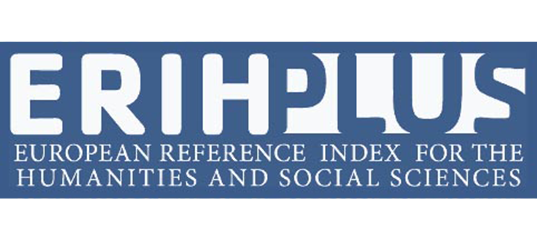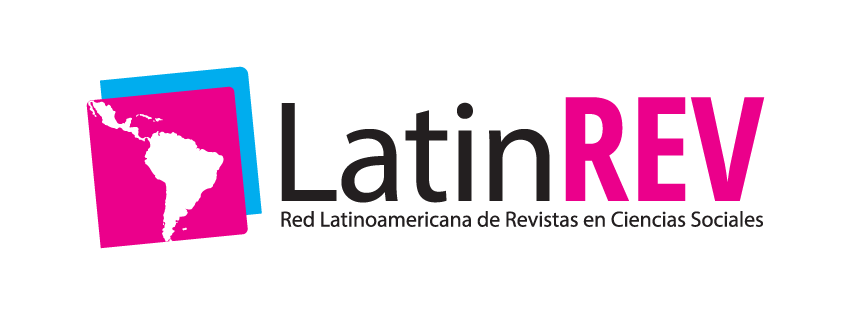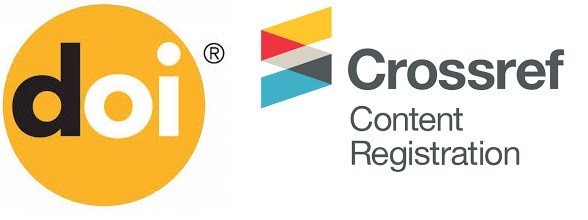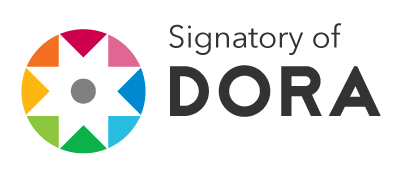Folk dance in the learning process in basic education students
DOI:
https://doi.org/10.46480/esj.5.1.104Keywords:
Dance, culture, folklore, subject, formativeAbstract
Dance since very remote times has been one of the most practiced and applauded cultural manifestations of mankind, in all social strata and undoubtedly in its abstraction. Only the strength and power of man has allowed us to be welcomed by different ideological currents, it matters in a special way to the educational task that every day various cultural activities are carried out, that allow us to work with a look that can place the subjects who live in the school field from their characters of group identity, recovering dance or music as a resource that can rescue these contributions from the play of the movement, dance like any art, a product of the human activity of survival and pursuit of aesthetic pleasure, its origin as everything in society develops culturally. Dance before ascending to a stage and becoming an artistic genre was used even for magical and religious rituals and spells. Today folk dance has acquired new connotations, treatments, forms, and content, has become a professional activity, business activity and a playful activity and little, but more importantly, it has become vital as a formative element in education, becoming a tool and a necessary way of educating and finally a constituent element of identities, their treatment is highly diverse and differentiated.
Downloads
References
Albarea, R. (1997). L’ÉDUCATION MUSICALE POUR LA FORMATION D’UNE IDENTITÉ EUROPÉENNE PLURALISTE. International Review of Education, 43(1), 61–72. https://doi.org/10.1023/A:1002966101311
Ana, M. (2018). Aproximación al folklore en Educación Secundaria a través de Eadventure, 203–219.
Banda, D., & Morgan, W. J. (2013). Folklore as an instrument of education among the Chewa people of Zambia. International Review of Education, 59(2), 197–216. https://doi.org/10.1007/s11159-013-9353-5
Isamitt, C. (2002). El folklore como elemento en la enseñanza. Revista Musical Chilena, 56, 83–98. Retrieved from http://www.scielo.cl/scielo.php?script=sci_arttext&pid=S0716-27902002005600013&nrm=iso
Ministerio de Educación. (2017). Función Ejecutiva Presidencia De La República Ley Orgánica De Educación Intercultural. Función Ejecutiva Presidencia De La República Ley Orgánica De Educación Intercultural, (34), 1–102. Retrieved from https://oig.cepal.org/sites/default/files/2011_leyeducacionintercultural_ecu.pdf
Pearson, E., & Degotardi, S. (2009). Education for sustainable development in early childhood education: A global solution to local concerns? International Journal of Early Childhood, 41(2), 97. https://doi.org/10.1007/BF03168881
Downloads
Published
Issue
Section
License
Authors retain the copyright of their articles and are therefore free to share, copy, distribute, perform, and publicly communicate their work on their personal websites or in institutional repositories after its publication in this journal, provided that full bibliographic information is given to acknowledge its original publication.































